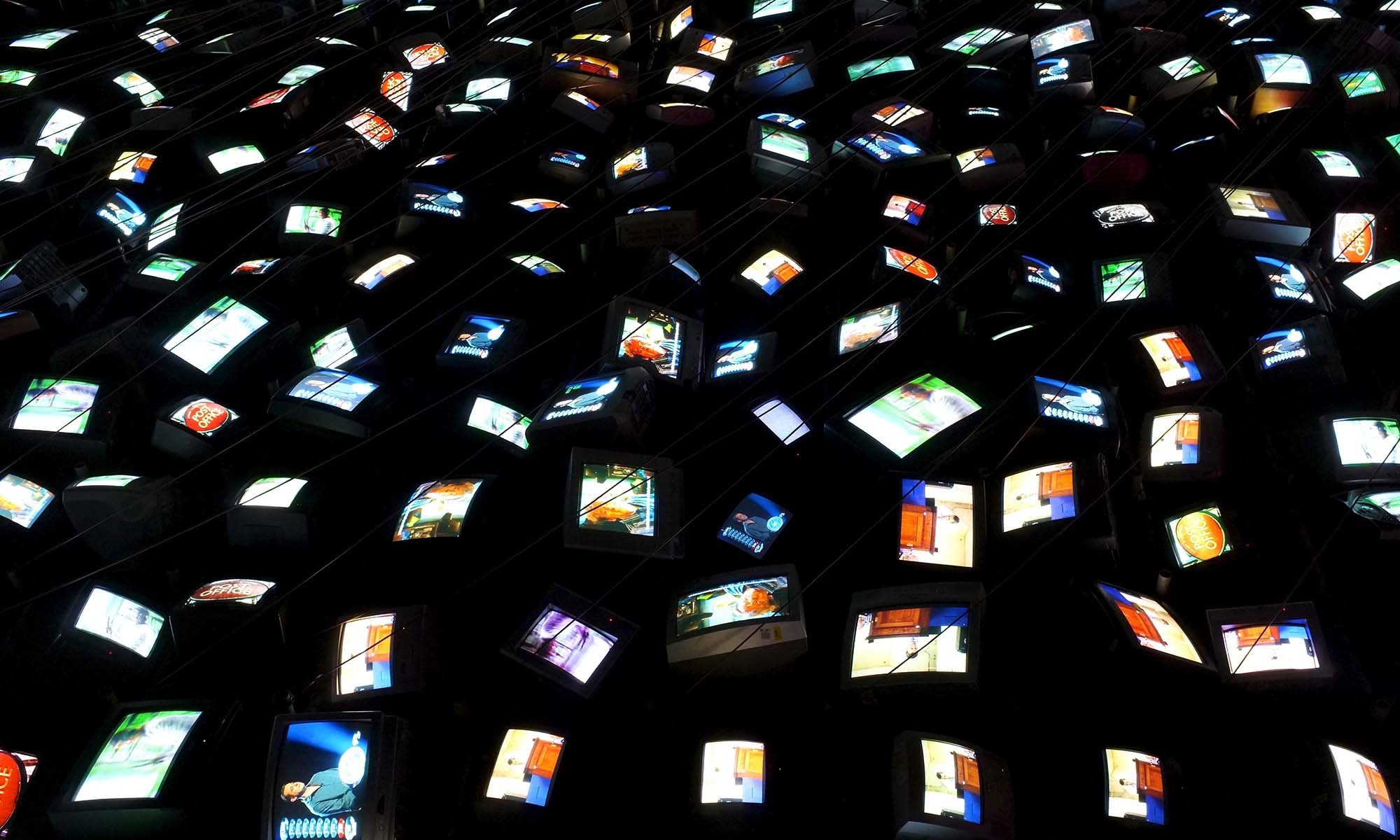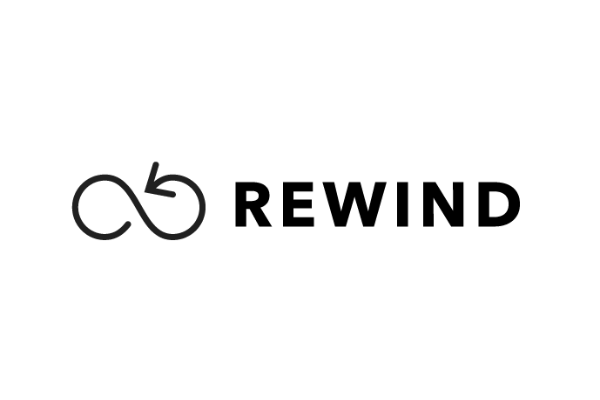Mike Leggett, Private Performance and making Art with Video, 2009
Published as part of the AHRC project Narrative Exploration in Expanded Cinema by CSM University of the Arts London and DJCAD University of Dundee.
The paper draws on two sets of detailed notes made in 1973 that reflected on the creative potential of Closed-Circuit Television (CCTV) systems and the Portapak video recorder. My collaborative work with other artists, including John Latham, Ian Breakwell, Kevin Coyne and tertiary-level art students, expanded the creative possibilities of these motion picture mediums, generating a vibrant range of approaches to working with the new media of the day. The early adoption of video by artists responded to the affordances of immediacy and portability. As experiments progressed, the work began to challenge the market-driven dualisms of producer and consumer.
The making of The Heart Cycle during 1972/3 commenced as a series of experiments with a CCTV system and a roll of 16mm ‘found footage’ film. The outcome was a 9-minute video tape recording the image and sound output from a series of procedures and adjustments made to the system during practice runs and rehearsals made over a period of hours. An approach of this kind to making art is echoed in the work of Donald Schön (1983) and his analysis of professional practice based not on problem solving but problem setting. The artist or researcher makes and tests “.. new models of the situation … to function as transforming moves and exploratory probes.”
Based on notes made at the time, now held in the Rewind archive, this paper outlines as a matter of first-hand record conclusions reached about private performance as a condition of synthesising The Heart Cycle’s final form. With references to VJ culture and interactive media, the conclusions are reviewed in the contemporary context of expanded public situations for the reception of motion pictures.



